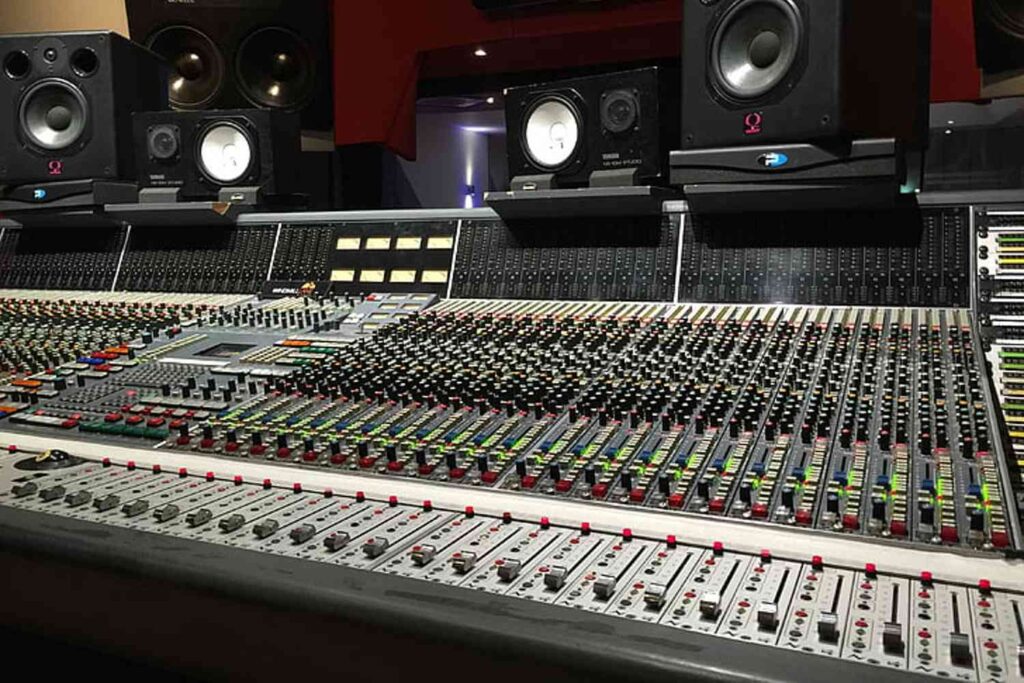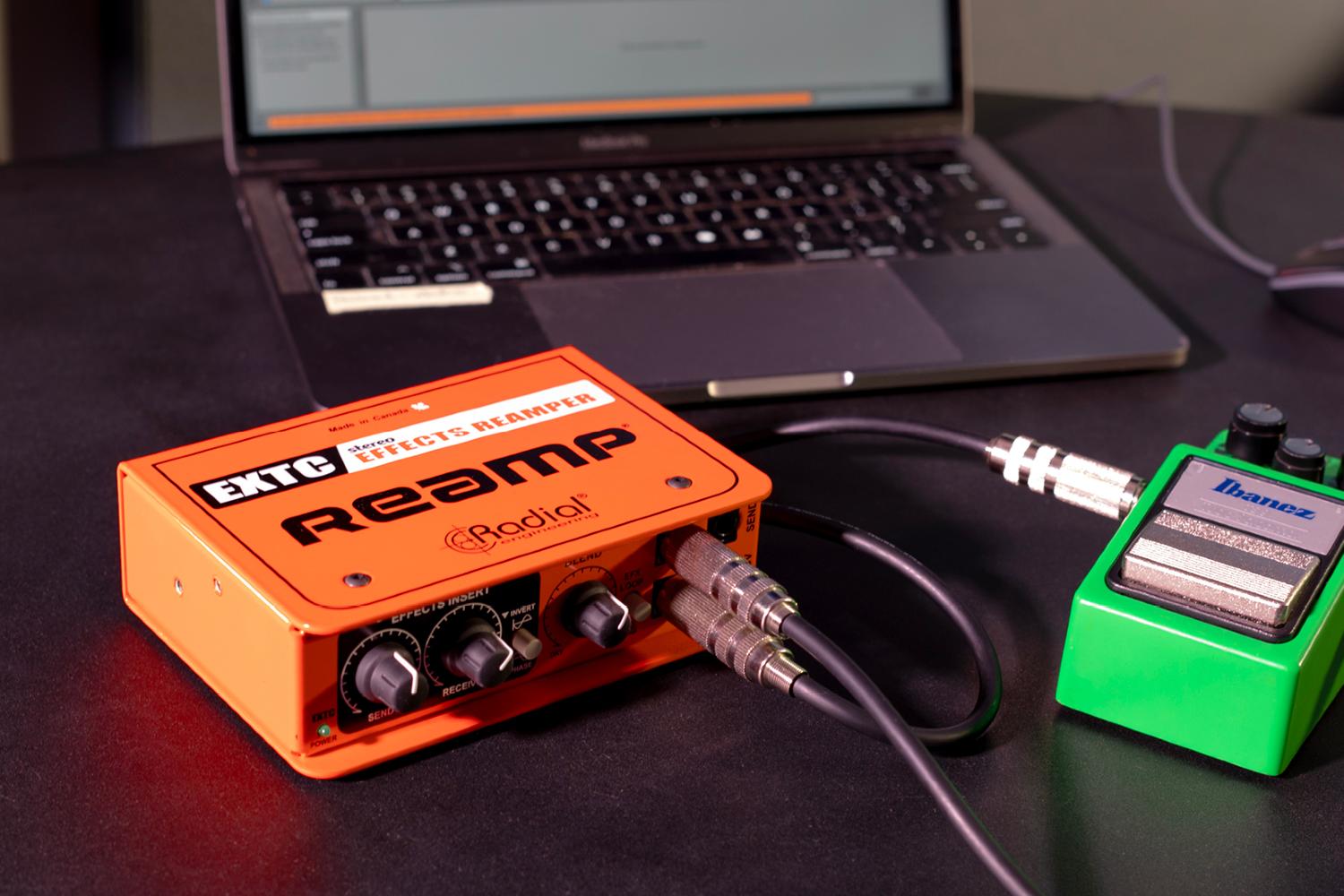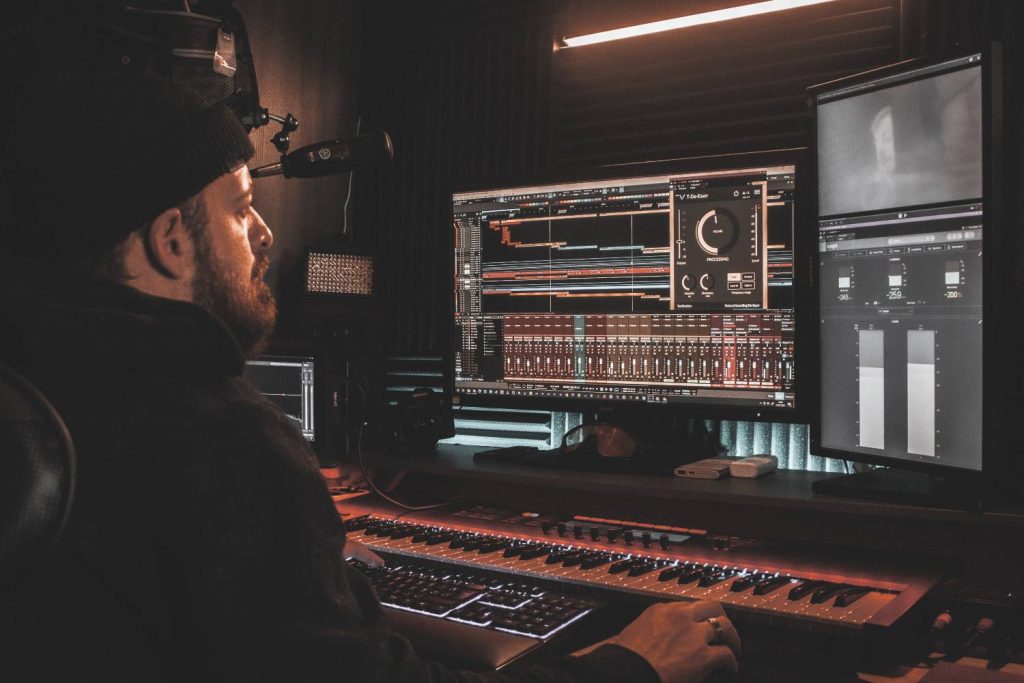While opening up a world of possibilities, choosing the wrong Reamp box can also have dire consequences for the results overall.
Reamping is common practice in both professional and project studios worldwide, giving engineers the flexibility to rework guitar and bass tones on the fly. A Reamp box can even serve as food for other creative ideas such as sending source signals from outboard gear into guitar effects pedals.
Needless to say, the applications for a good Reamp box are plentiful but with so many offerings on the modern market, it may be difficult to decipher which unit is best for your studio and budget.
Reamp box
Reamping is a basic concept which entails converting a low-impedance balanced line signal into a high-impedance unbalanced instrument signal. The function of a Reamp box is the opposite of a DI (direct input/inject) box.
Read up on all the latest features and columns here.
Units such as DI and Reamp boxes are important both live and in the studio as they ensure that engineers do not encounter any impedance mismatches.
Impedance mismatches are undesirable as in this scenario they will lead to equipment not working optimally which will, in turn, lead to a deterioration in sound quality. In extreme cases, impedance mismatches can even damage your equipment!
Establishing all of this, you may be asking yourself in what scenario would one find the implementation of a Reamp box particularly useful and answers to that question are both varied and plentiful. For example, you may be mixing a project remotely in which the engineer has provided you with DI guitar tracks.

The engineer in question has stated that due to time and budget constraints, they were only able to record guitar tracks with an amp sim however, the client would like the mixdown to feature sounds from a real tube amplifier.
With a handy Reamp box at your disposal, this is no problem whatsoever, as you can easily send that DI guitar signal from an output of your audio interface to the Reamp box.
This will in turn convert the line level signal coming from the output of your interface or other hardware into instrument level, perfect to run directly into the input of your Marshall JCM 800.
Now all that’s left to do is dial in a tone like normal and mic the amp up, the same as you would whilst tracking a live guitar player in your control room.
The flexibility offered by Reamping leaves no question as to why so many engineers make use of this practice in their productions daily.
Having covered the basic function of a Reamp box and some ways in which they may come in handy let’s take a look at the best Reamp boxes on the market today.
Best Reamp box
1. Radial ProRMP
A fantastic option for the engineer on a budget who doesn’t want to compromise on quality. The Radial ProRMP provides everything you need in a passive Reamp box all in a durable package that isn’t going to break the bank.
A ground lift switch, gain trim, and quality transformer that guarantees low-noise operation round out the features on this simple box, giving everything you need to get started in the world of Reamping.
2. ART Dual RDB
The most budget-friendly option on our list, the ART Dual RDB provides a good solution for anyone after a 2-in, 2-out Reamp box. Dual gain levels give any user the ability to fine-tune the level of each channel in the Dual RDB depending on what is required.
Two lines in the Dual RDB means that users can Reamp stereo sources such as keyboards or even run one guitar line out to two different amplifiers, providing a plethora of options for getting creative in the studio.
3. Little Labs Redeye 3D Phantom
The Little Labs Redeye 3D Phantom is a fantastic option for anyone looking for a dual-purpose DI and Reamp box. Little Labs have incorporated their custom-wound transformer which has been selected due to its specific sonic properties.
If this wasn’t enough, the Redeye 3D Phantom features several handy features including a ground lift, polarity switch, and a gain trim pot to adjust the Re-amping level.
4. Radial X-Amp
A heavy hitter in the world of Reamping it is only natural that we include another Radial box on our list. The Radial X-Amp is an active Reamp box that features dual outputs, giving you the ability to feed a signal to two amps simultaneously.
Additionally, the Radial X-Amp houses a handy clip indicator which lets you know when your output signal may be running too hot. A polarity switch is another key feature ensuring that you are able to keep everything in phase.
5. Palmer Trave Passive Reamplification Box
The Palmer Trave Passive Reamplification Box is another great option for anyone in the market for a passive Reamp box. The Trave requires no external power supply in order for it to function, ensuring ease of use on any session.
It also features a specially designed transformer that not only sounds great but also ensures that you will encounter no unwanted noise while using the Palmer Trave on any of your productions.
6. Walrus Audio Canvas Passive Reamp Pedal
Walrus Audio have brought forward an admirable entry into the Reamp box market with their Canvas Passive Reamp Pedal. This unit features a flat frequency response of 20hz-20khz, with a special custom wound transformer.
A handy ground lift, pad and gain trim pot ensures that you will have no issue sending the right level of signal to your amp when using the Walrus Audio Canvas.
Keep reading about Reamp Royalty, Radial, here.







